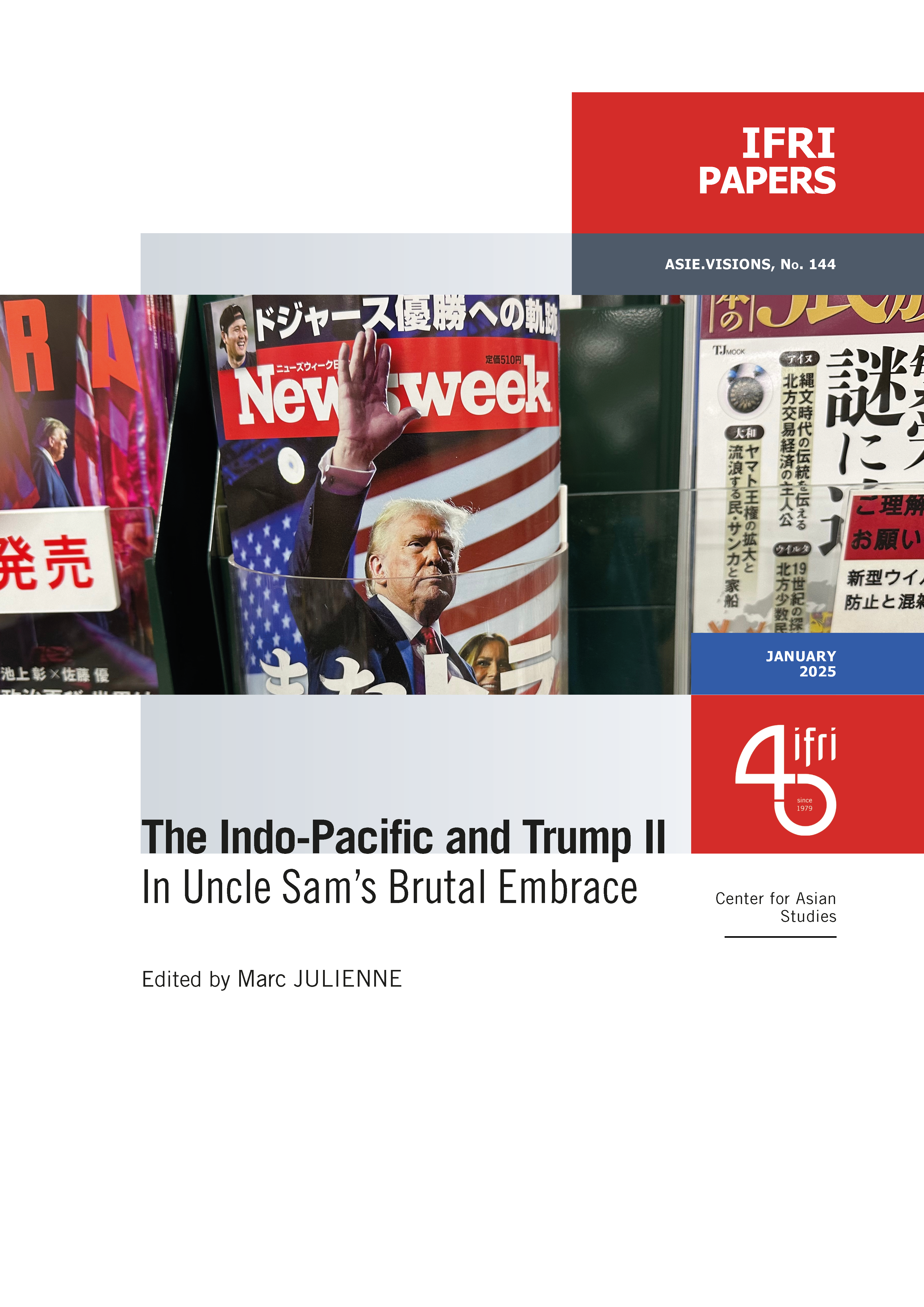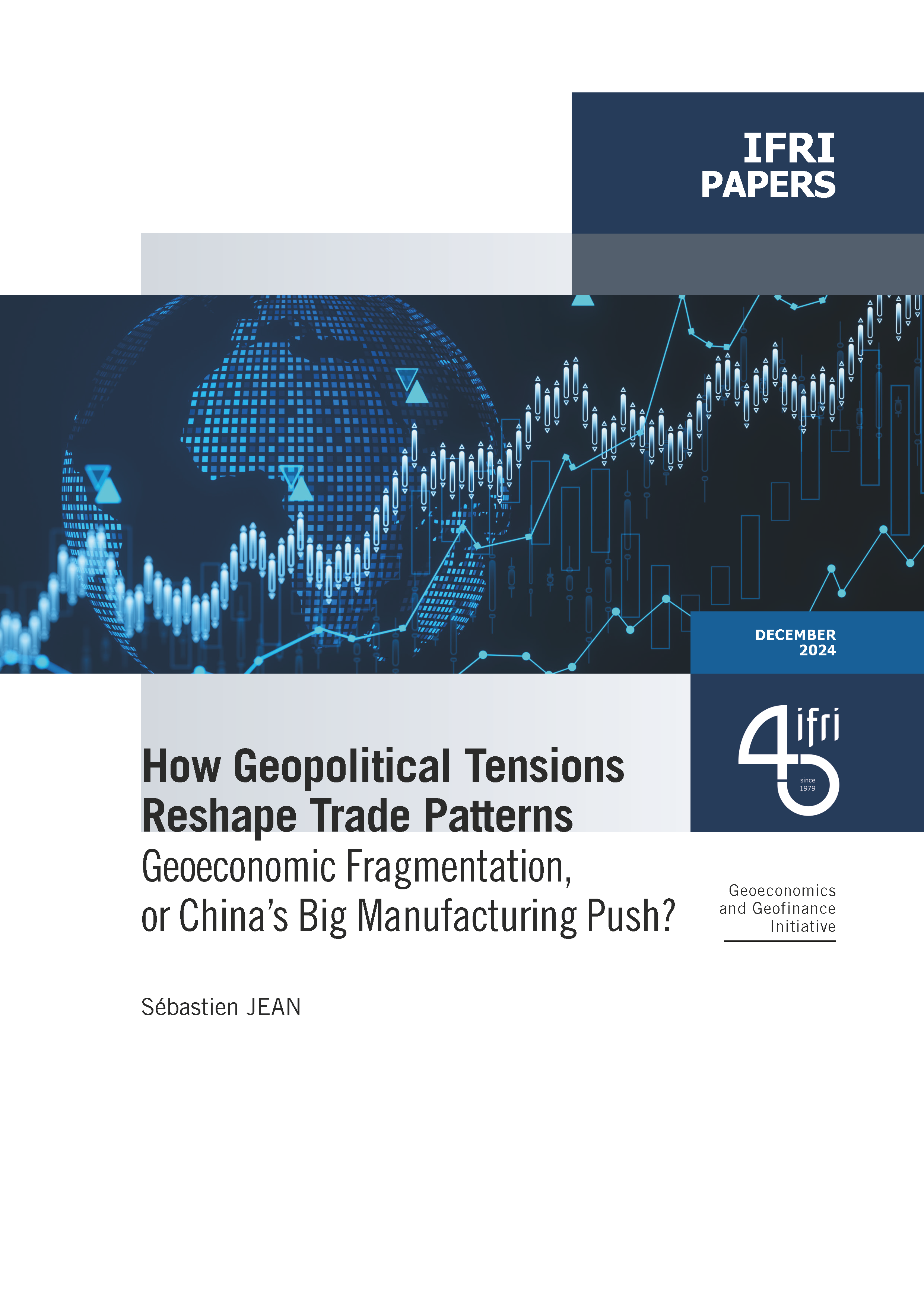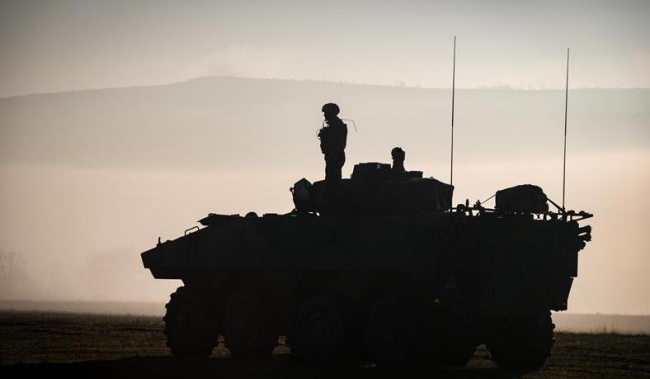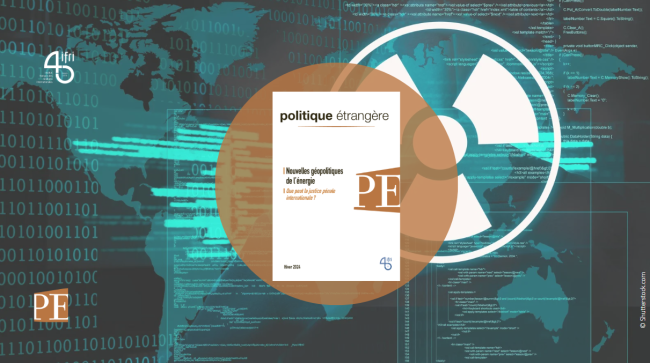La fourmilière du général : le commandement opérationnel face aux enjeux de haute intensité
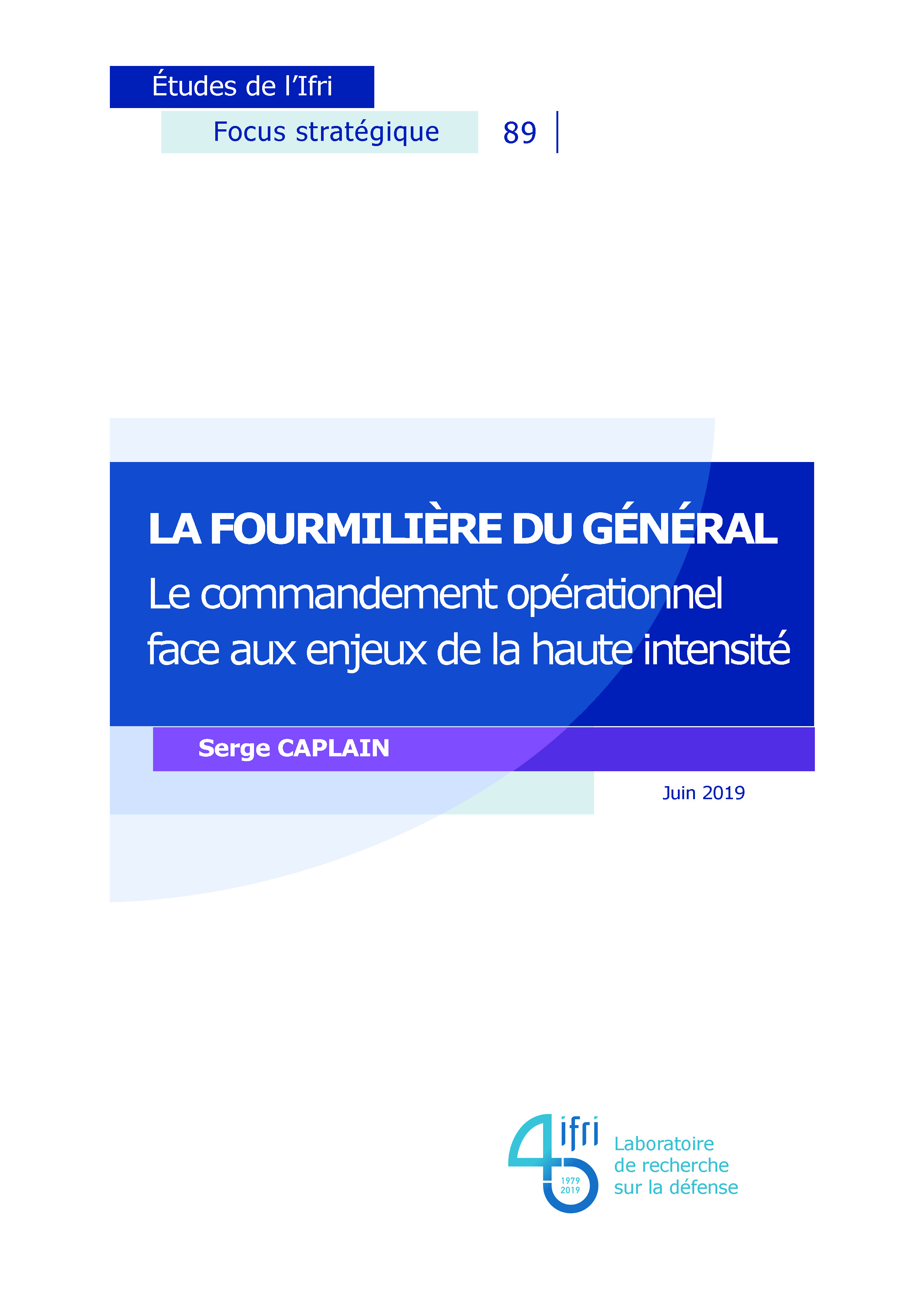
Operational command structures have always been able to adapt to the strategic context. However, they now face a new challenge: high intensity threats.
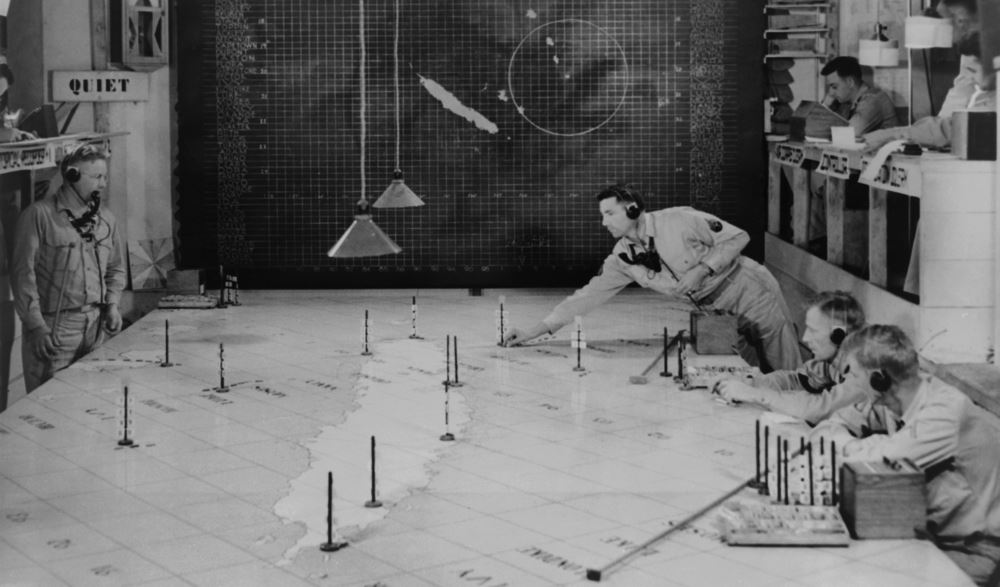
Modern operational command structures, although very different from their elders, perform more or less the same functions. These are systems of systems which allow military leaders to command and control armed forces in operation, from the highest strategic level to the lowest tactical level. Under the combined effect of new technology, multilateralism or in order to adapt to asymmetric conflicts, these structures have become increasingly complex and resource-intensive. But as high intensity threats are re-emerging, command structures will need to evolve and face new challenges, especially in terms of vulnerability. Even though inertia and resistance to change should not be downplayed, there is ample room for improvement, mixing technology and human factor, so as to better protect existing structures and adapt them to their new environment.
This content is only available in French: La fourmilière du général: le commandement opérationnel face aux enjeux de haute intensité.

Available in:
Regions and themes
ISBN / ISSN
Share
Related centers and programs
Discover our other research centers and programsFind out more
Discover all our analysesDeep Precision Strikes: A New Tool for Strategic Competition?
Reaching deep into the enemy’s system to weaken it and facilitate the achievement of operational or strategic objectives is a key goal for armed forces. What capabilities are required to conduct deep strikes in the dual context of high-intensity conflict and strengthened enemy defenses?
From Cuba to Ukraine: Strategic Signaling and Nuclear Deterrence
Strategic signaling—the range of signs and maneuvers intended, in peace time, to lend credibility to any threat to use nuclear weapons—is back.
Return to the East: the Russian Threat and the French Pivot to Europe's Eastern Flank
Russia’s full-scale invasion of Ukraine on February 24, 2022, has flung Europe’s Eastern flank into a new phase of strategic confrontation. It has had a major effect on France’s position, which was previously somewhat timid, leading it to significantly reinforce its deterrence and defense posture in support of the collective defense of Europe, in the name of strategic solidarity and the protection of its security interests.
Military Stockpiles: A Life-Insurance Policy in a High-Intensity Conflict?
The war in Ukraine is a reminder of the place of attrition from high-intensity conflict in European armies that have been cut to the bone after three decades of budget cuts. All European forces have had to reduce their stocks to the bare minimum. As a result, support to Ukraine has meant a significant drain on their operational capabilities. A significant amount of decommissioned systems were also donated, due to the lack of depth in operational fleets.


